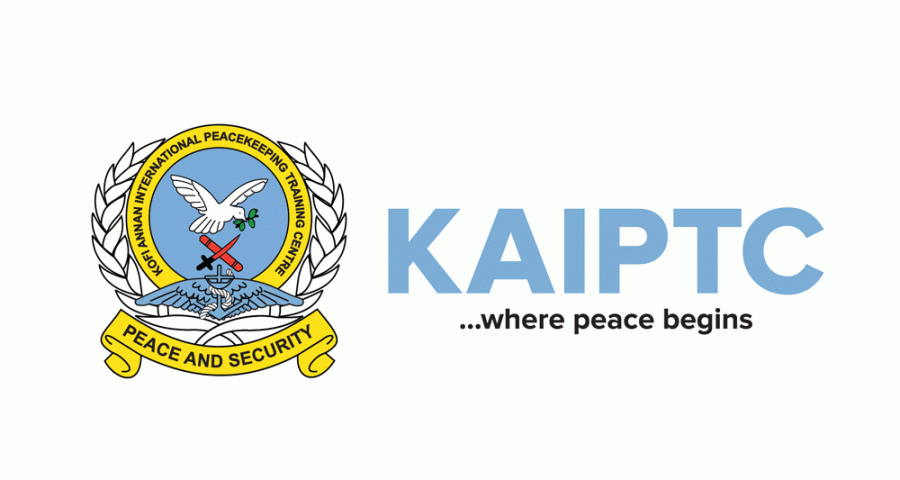The Routledge Handbook of Civil-Military Relations.
Material type: TextSeries: Routledge handbooksPublication details: Hoboken : Taylor and Francis, 2012.Description: xx, 374 p. ; 26 cmContent type:
TextSeries: Routledge handbooksPublication details: Hoboken : Taylor and Francis, 2012.Description: xx, 374 p. ; 26 cmContent type: - text
- computer
- online resource
- JF195.C5 R75
| Item type | Current library | Call number | Status | Date due | Barcode | |
|---|---|---|---|---|---|---|
 Books
Books
|
KAIPTC General Stacks | JF195.C5 R75 (Browse shelf(Opens below)) | Available (Restricted Access) | 31307100094020 |
Includes bibliographical references and index.
Cover; The Routledge Handbook of Civil-military Relations; Title Page; Copyright Page; Table of Contents; List of Figures; List of Tables; Notes on Contributors; Acknowledgments; List of Abbreviations; Introduction; Notes; Part I: Development of the Field of Study; 1: Impediments to the Accurate Conceptualization of Civil-military Relations; Acknowledgments; Notes; 2: Development of An Approach Through Debate; Outline of the Debate; Notes; 3: A New Conceptualization of Civil-military Relations; Introduction; The Need for A New Conception of Civil-military Relations
A New Conceptualization: the Trinity of Control, Effectiveness, and EfficiencyDemocratic civilian control; Effectiveness in fulfilling roles and missions; Efficiency in the use of resources; The Interdependency and Tradeoffs Between Control, Effectiveness, and Efficiency; Democratic control and effectiveness; Democratic control and efficiency; Effectiveness and efficiency; Conclusion; Notes; 4: Efficiency in the Use of Resources; Understanding the Concept of Efficiency; Supreme Audit Institutions: the U.s. Government Accountability Office; Conclusion; Notes; 5: Security Sector Reform
Origins and ScopeGoals; Towards A Problem-driven Approach to Ssr; Conclusion; Notes; 6: Escape from Huntington's Labyrinth: Civil-military Relations and Comparative Politics; Defining the Field of Study: From Civil-military Relations to Armed Forces & Society; Concepts of Civilian Control: A Sample of the Literature; The Direction of Research: An Analysis of Armed Forces & Society, 1989-2007; Notes; Part II: Civil-military Relations in Non-democratic or Nominally Democratic Countries; 7: Civil-military Relations in a Dictatorship: North Korea; Introduction
Communist Civil-military Relations in North KoreaThe Soviet Military Model; Party Control; Secret Police Surveillance; The Implications of Socio-economic Changes for Civil-military Relations; The Military; Civil-military Relations; Conclusion; Notes; 8: Learning from Failure: Egypt; Introduction; Centrality of the Military; Military Relations With the Executive, Legislature, and Civil Society; Effectiveness; Conclusion; Notes; 9: Lessons Not to Learn: Post-communist Russia; Introduction; The Soviet Inheritance; The Turbulent 1990s; Civilian Control in the Executive Branch
The Legislative Branch and Civilian ControlCivilian Control, Effectiveness, and Efficiency; Notes; 10: The Transformation of the Bolivarian Armed Force: Venezuela; Introduction; Venezuelan Civil-military Relations in Their Historical Context; Politics and Civil-military Relations in the First Ch�avez Administrations (1999-2006); Deepening Revolutionary Control Over the Fuerza Armada Bolivariana (2007-9); Conclusions: Expanding Roles While Losing Autonomy; Implications for the Future of Venezuelan Civil-military Relations; Notes; 11: Rebuilding The Military Under Democratic Control: Iraq
This new Handbook offers a wide-ranging, internationally focused overview of the field of civil-military relations. The armed forces are central actors in most societies and are involved in many different roles. Amongst other activities, they engage in peace operations, support the police in fighting crime, support civilian authorities in dealing with natural disasters, and fight against terrorists and in internal conflicts. The existing literature on this subject is limited in its discussion of war-fighting and thus does not do justice to this variety of roles. The Routledge Handbook of Civil-
There are no comments on this title.
